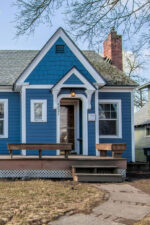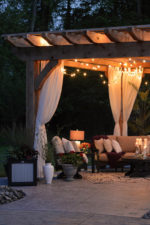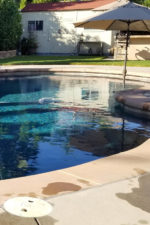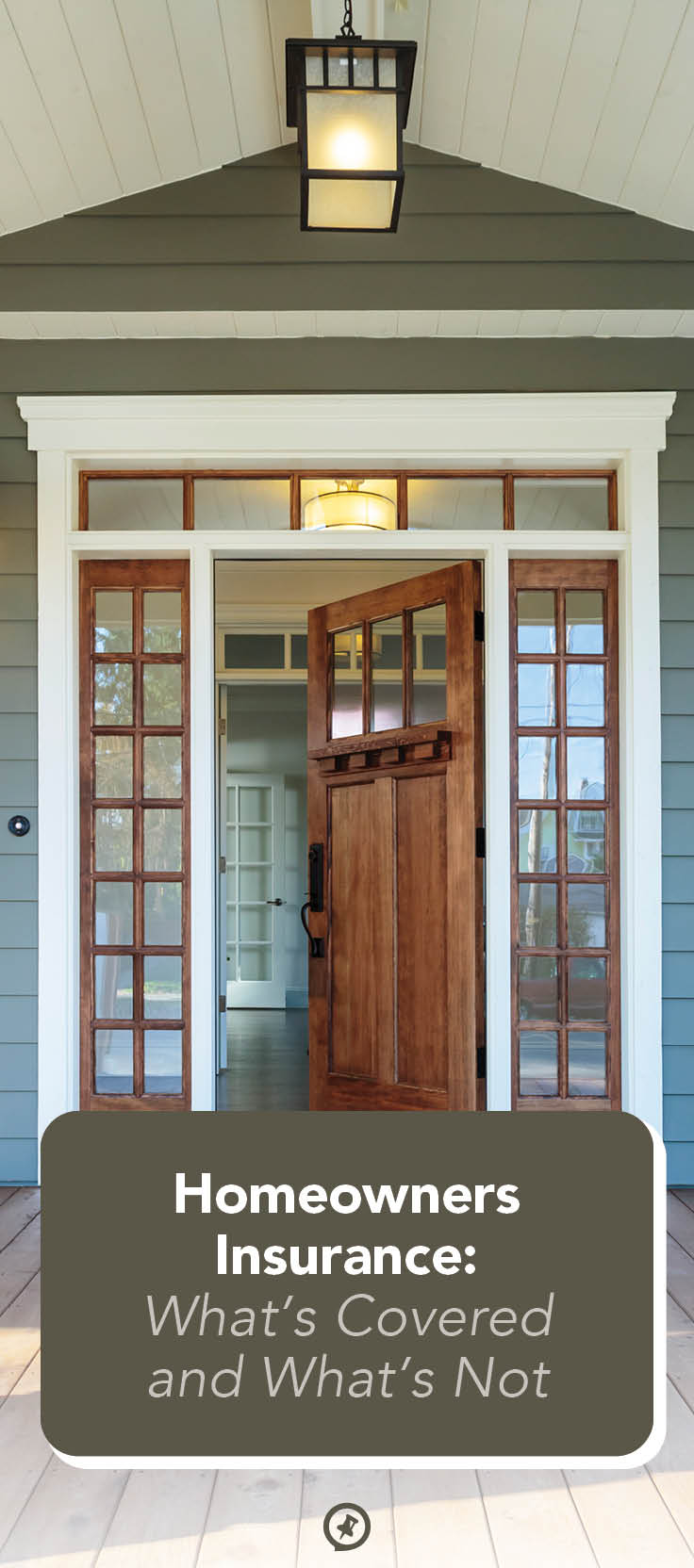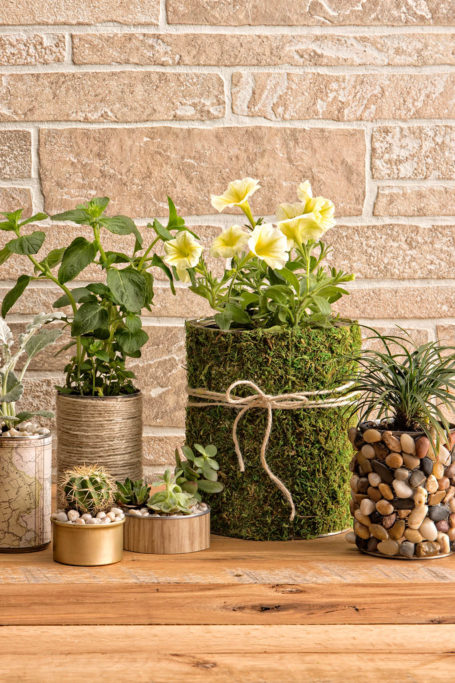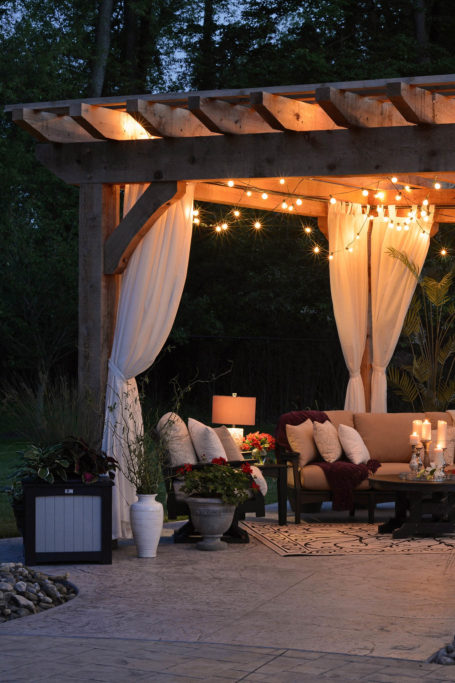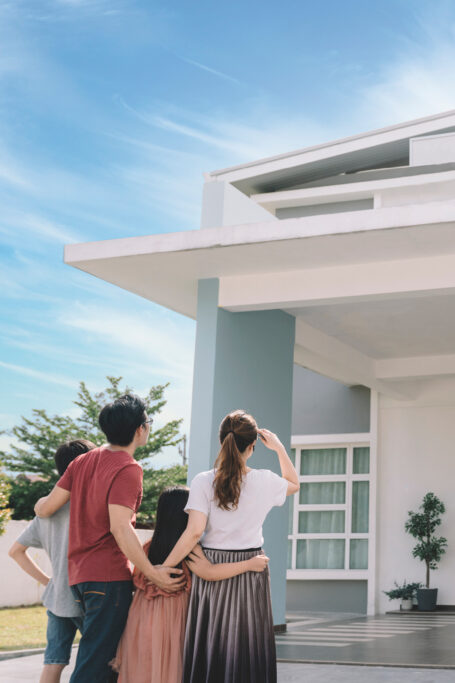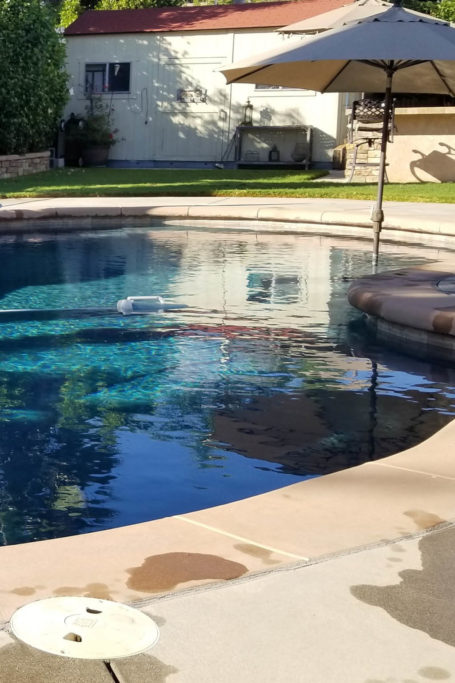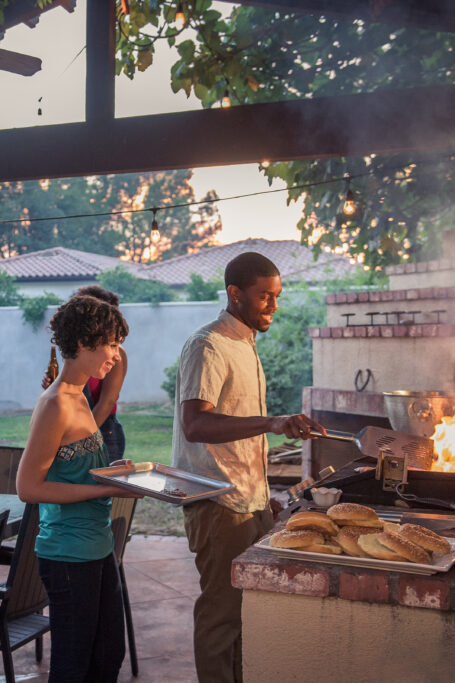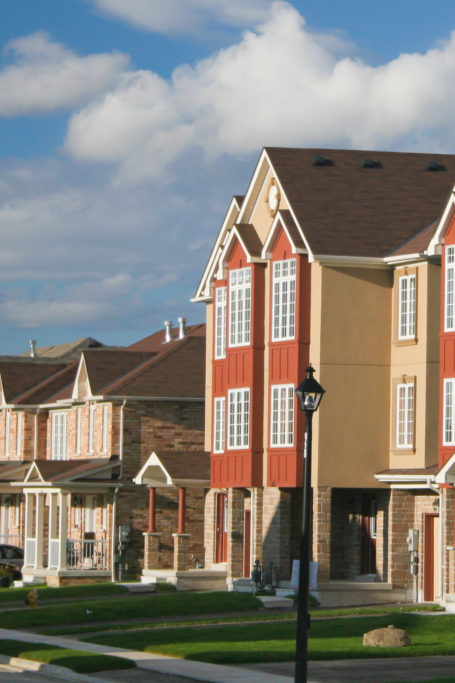Homeowners Insurance: What’s Covered and What’s Not
If you own a home, regardless of its type, you need homeowners insurance.
It may cover your dwelling’s structure and your personal belongings from various risks, such as fire, theft, and vandalism, and can potentially help pay for legal fees and damages if someone is injured on your property. However, not all policies are created equal; coverage will vary depending on your policy and insurance company along with your home’s age, location, and value. Check out this handy guide to better understand what may or may not be included in your homeowners insurance.

What’s covered
A standard homeowners insurance policy usually provides basic protection, but verify with your insurer what exactly falls under your policy so you know what you can expect if you need to submit a claim.
A home’s structures
If your home suffers damage due to fire, smoke, theft, or vandalism, a standard homeowners policy normally covers the repair or replacement of the dwelling’s main components—the foundation, walls, and roof—and may pay for alternate lodging if your home needs to be rebuilt. Other common structures, such as a garage, deck, or fence, may also fall under the standard coverage umbrella.
Personal belongings
Homeowners insurance often includes coverage for personal property inside your home that has been damaged by fire, stolen, or vandalized. Your policy may help pay for repairs or replace your belongings. If you have any high-value items, such as jewelry or artwork, you may need to purchase extended coverage to protect against their potential loss or damage.
Water damage
Water damage is typically covered, as long as it’s from sudden and accidental events such as a burst pipe, failed water heater, or broken washing machine hose. In addition, if your roof leaks due to a covered event like hail or a severe storm, your policy will often cover the cost of repairing it. HVAC system If your HVAC unit gets damaged from an unforeseen event such as a severe storm or fire, your policy will likely replace or repair it. However, this would not be the case if a unit breaks due to age or negligence.
Liability
A standard policy will typically help pay for legal fees and medical expenses if someone is injured on your property. You may even be covered if you have a dog that bites someone, though some companies won’t insure specific breeds.
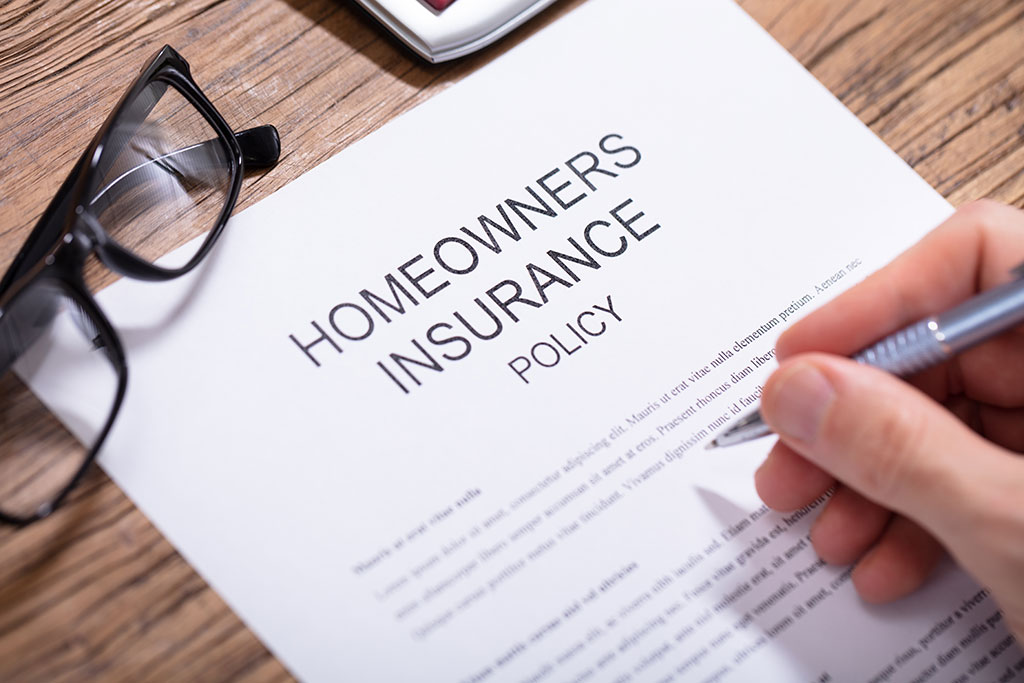
What’s not covered
Understanding what’s not included in your homeowners insurance policy can help you be better prepared in the event of a loss. Consider purchasing additional coverage for specific risks depending on your location and situation.
Flood and earthquake damage
If you live in a flood or earthquake zone, you may want to seek separate insurance as a standard homeowners insurance policy will not cover this type of damage.
Plumbing
While the resulting water damage may be covered, homeowners insurance usually won’t pay to repair or replace a burst pipe or broken water heater. The exception to this would be if they are damaged due to a fire or storm; in these cases, they would fall under your dwelling coverage.
Termite damage
Termite damage is viewed as preventable, so treatment and repair are not covered under your homeowners policy. The only caveat is that if the termites chew through wires and cause a fire, some insurers may cover the repair of the fire damage.
Certain roof damage
Though your roof is covered under your standard policy, the insurer will not pay for a roof leak or other issues if it determines such damage is due to lack of maintenance, age, neglect, or abuse.
The cost of homeowners insurance can vary, so make sure to compare quotes from different insurers before choosing a policy. And always review your policy annually to ensure it still meets your needs.


